
The Air Force Cross is the second highest decoration that can be awarded to a United States Air Force member for an act of valor, second only to the Medal of Honor in rank. Since its inception, 197 people have been honored to receive the Air Force Cross; only three of them were awarded it twice, but only one man ever received it three times. His name was Colonel James Helms Kasler.
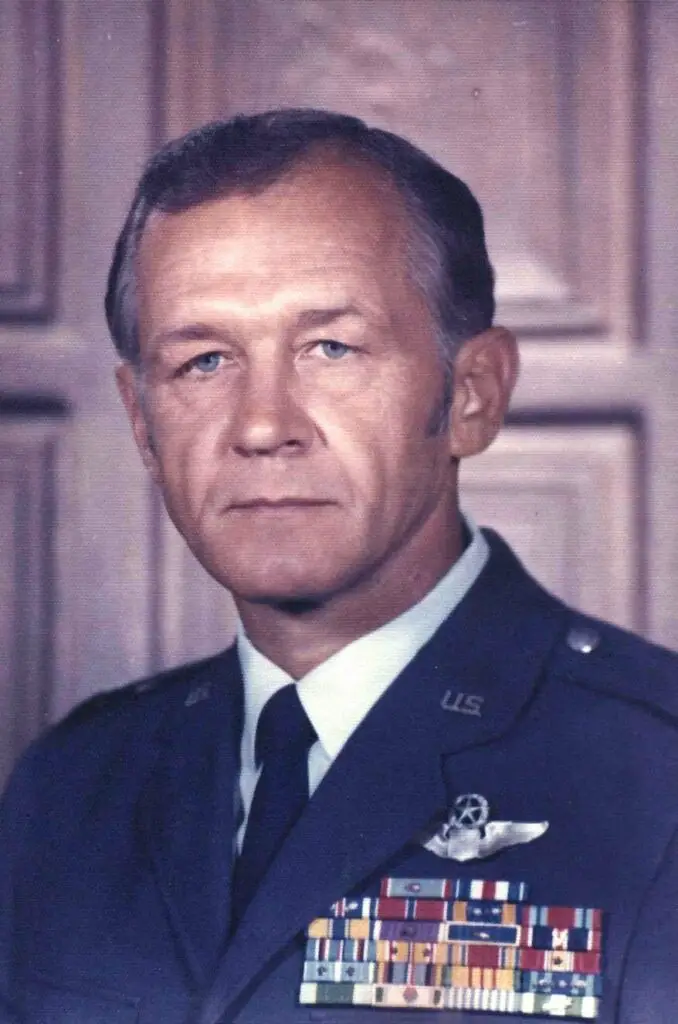
Enlisted
James Kasler was born in 1926 in South Bend, Indiana. During WWII, he enlisted in the United States Army Air Forces; while he initially wanted to become a pilot and even underwent training, he was later told that there was no need for new pilots, as the training took a long time and the war was almost over. Kasler eventually became a tail gunner on a B-29 Superfortress and flew eight missions during WWII.
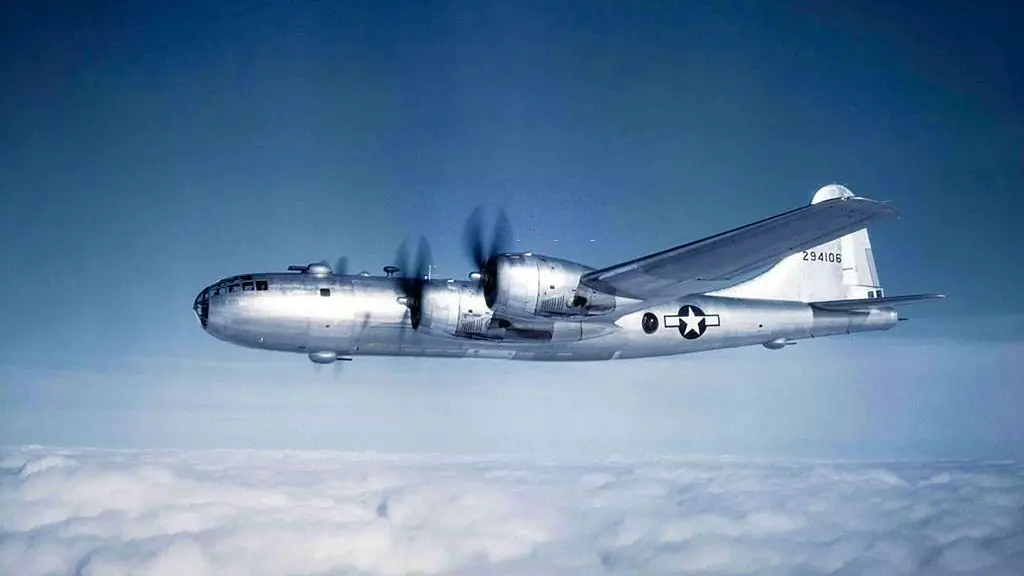
After the war
After the war ended, Kasler went to college, and after graduation, he returned to the Air Force and would soon be back in action, this time in the Korean war.
No longer a gunner but a proper pilot, Kasler didn’t take long to display his talents on his trusty F-86E. He was assigned to the 335th Fighter-Interceptor Squadron and successfully piloted one hundred combat missions throughout the war.
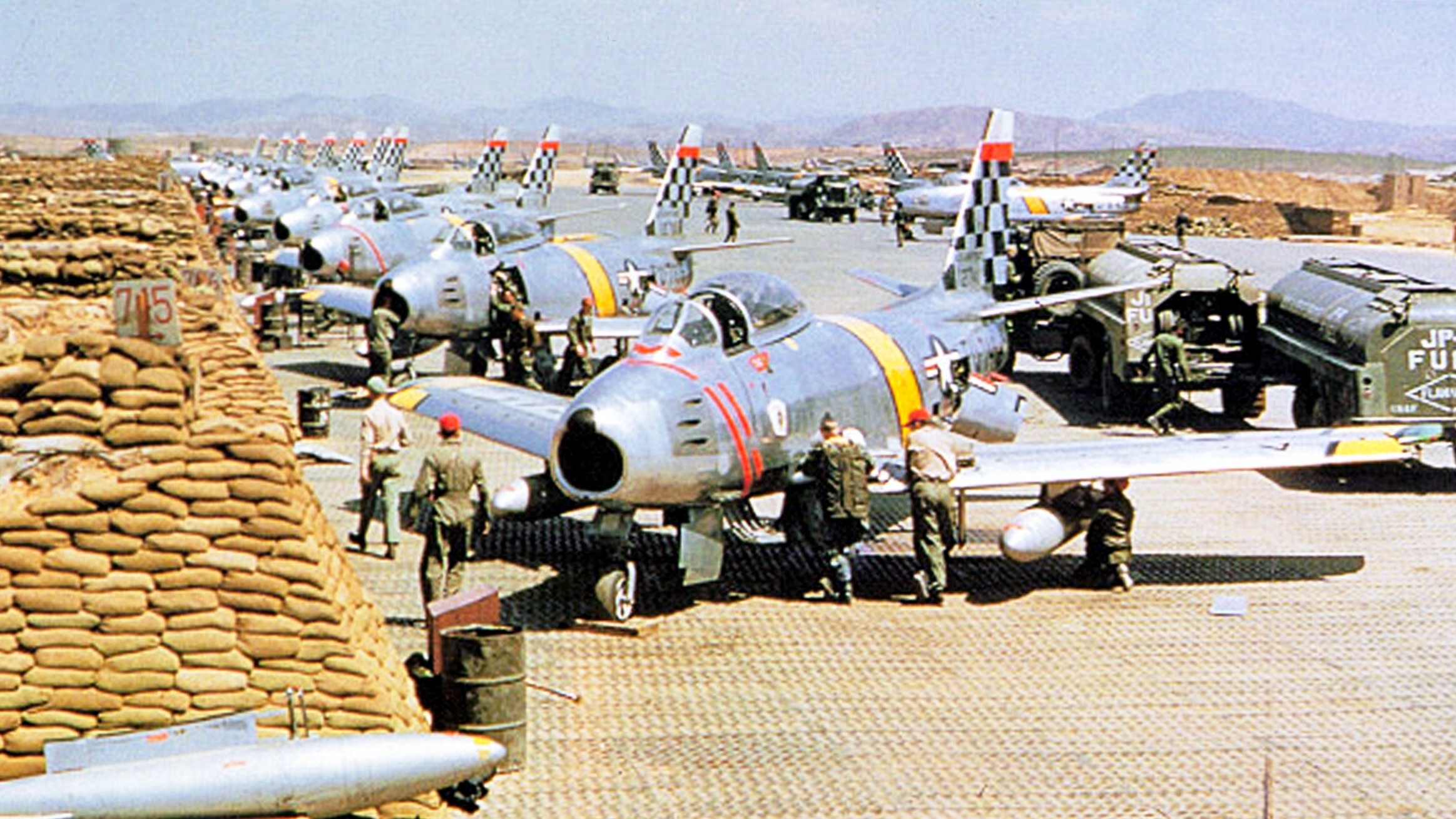
Flying ace
Kasler would soon become one of the first Flying Aces of the Korean war after scoring six air-to-air victories against enemy MiG-15s.
Now a veteran of two wars, Kasler had surely earned his peace for the rest of his life, but he would fly yet again in another war. This time, he was needed in Vietnam. In 1966 the first strike against Hanoi was authorized; the Air Force informed Kasler that he was the man they wanted to plan and lead the air assault.
A squadron of F-105 Thunderchief supersonic fighter-bomber jets was tasked with destroying the petroleum complex at Hanoi. Kasler– then a Major, was leading the assault. The squadron managed to eliminate 90% of the targets, an impressive feat considering the withering anti-aircraft fire from the ground. Kaiser himself destroyed five petrol tankers and was forced to pull out of the attack only because he was running out of fuel.
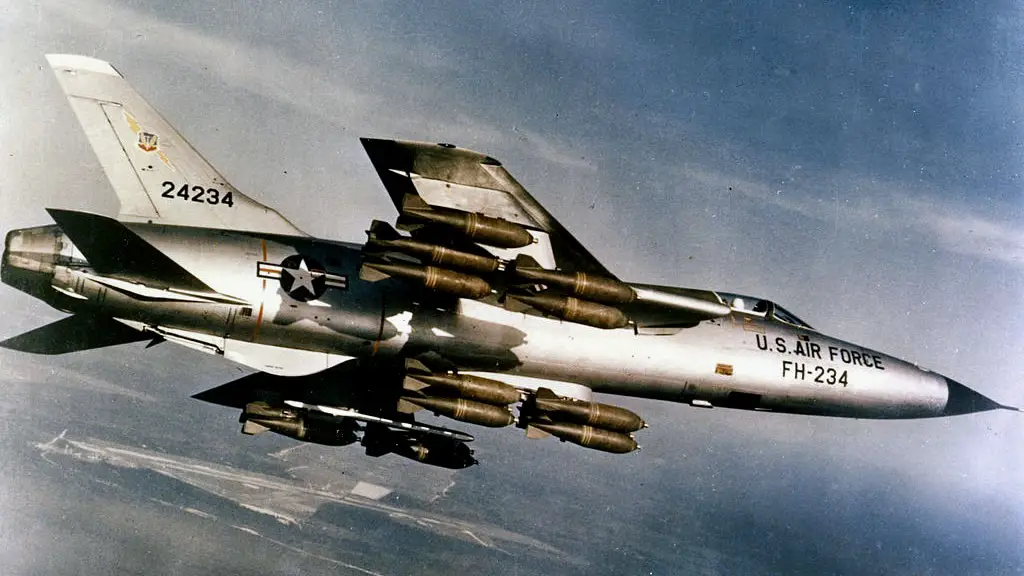
Air Force cross
This successful operation earned him his first Air Force Cross, and he would receive another one soon after. They are both eclipsed by his third cross, which Kasler earned by enduring suffering that few can imagine themselves going through.
On 6 August 1966, Kasler and his squadron of Thunderchiefs were concluding a mission over a heavily-defended ground target near Yen Bay, North Vietnam. One of his wingmen was shot down, and the pilot ejected, putting his own life in danger. Kasler flew back and flew at lower levels to provide cover, but eventually, he started running out of fuel. Instead of refueling at the base, he requested an aerial refuel from a KC-135. After refueling his F-105, he returned to search for his downed pilot.
When Kasler was on his way back to where he last saw his wingman, Kaslers’ Thunderchief was hit by enemy fire, and he was forced to eject. He was severely wounded in his right leg, but what’s worst, the Vietcong were waiting for him on the ground.
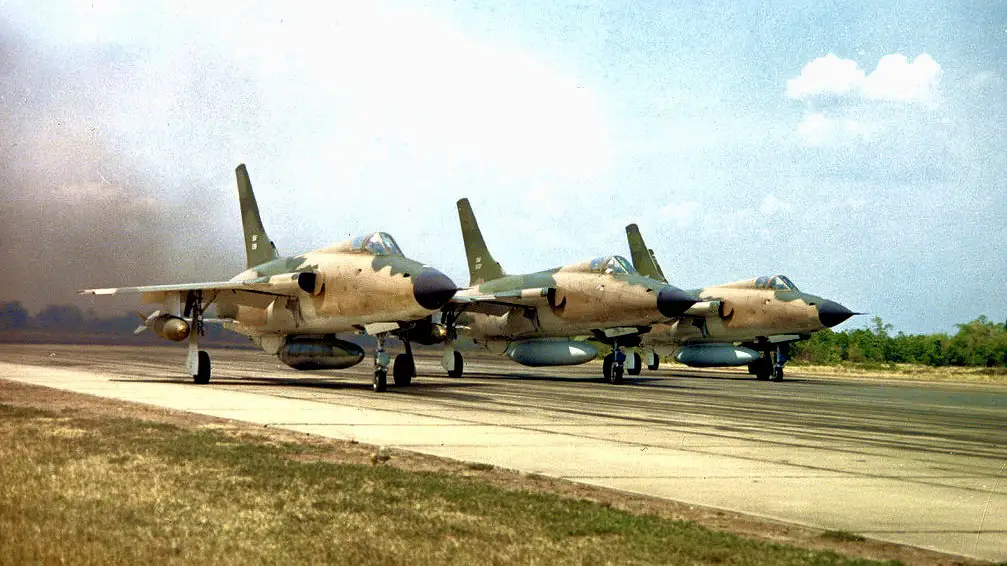
Hanoi Hilton
Major Kasler was taken to the “Hanoi Hilton” prison camp, where he would spend the next seven years as a prisoner of war. His fame, unfortunately, preceded him; the Vietnamese knew who he was and how many headaches he had caused them. For this reason, he was subjected to even more severe torture and deprivation.
The Vietcong made many attempts to use Kasler in their propaganda and would regularly subject him to prolonged torture sessions to try to get him to cooperate. But the renowned ace would not be broken by torture and would stubbornly refuse to cooperate. He knew that his profile as a famous pilot would prevent his captors from killing him, so he needed to endure all the torture, and eventually, he might be able to return home.
His captors were getting impatient. To get Kasler to comply, they stripped him naked and deprived him of sleep, food, and water for three days straight, and would beat him with a heavy truck fan belt every hour. It’s hard to imagine what it takes for a person to endure so much torture. In an interview, Kasler said that his faith in God, his country, and his family kept him going through whatever they threw at him.
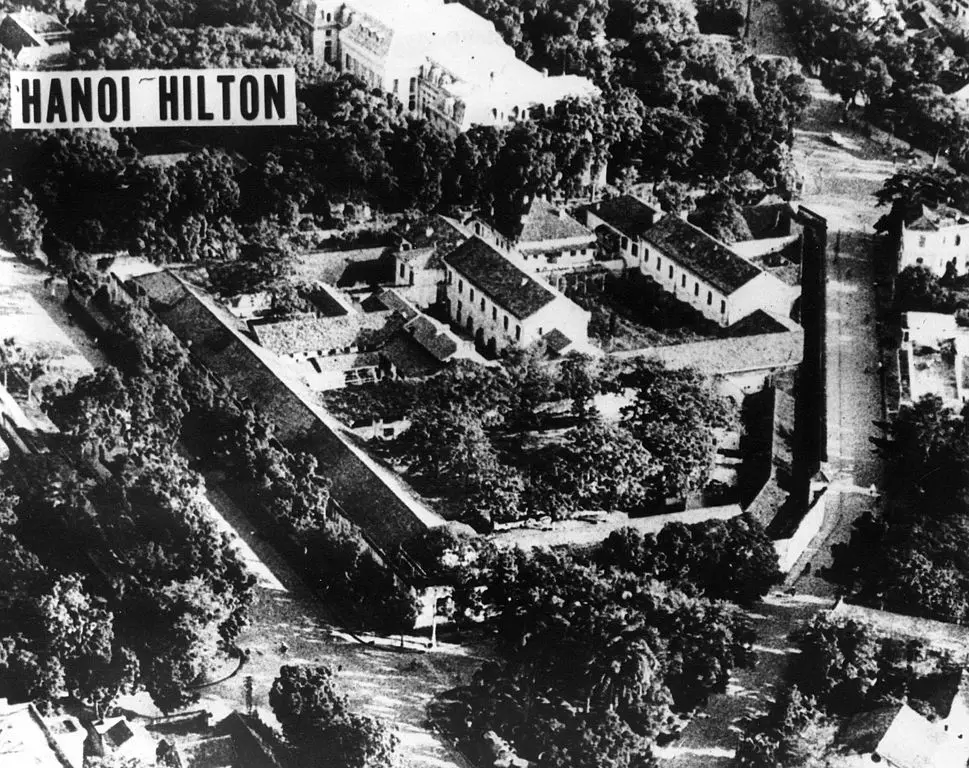
Prisoner of war
The seven years that he spent as a prisoner of war were filled with similar lengthy torture sessions. Sometimes they would go on for weeks and cause horrific bodily harm, like broken bones and skin hanging off his body.
Finally, after the US withdrew from Vietnam in 1973, Major James Kasler was released and allowed to return home. He was awarded his third Air Force Cross for his steadfastness and courage in the hellish prison camp in Vietnam.
He retired from the Air Force in 1975 as a colonel and was finally able to enjoy a well-earned life of peace and contentment until he passed away in 2014, aged 87.
Despite all the hardships of going through three wars and enduring horrific torture, he always appeared happy and full of life in a handful of interviews, making jokes and constantly getting distracted with stories about his wartime buddies.